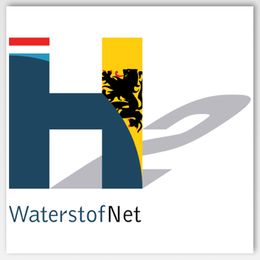Belgian Hydrogen Council
TWEED and WaterstofNet clusters join forces in the Belgian Hydrogen Council !
The Belgian Hydrogen Council represents the Belgian Hydrogen Industry in Belgium and abroad.
STRATEGY & INDUSTRIAL ECOSYSTEMS
In Belgium, there is strong interest in hydrogen at various political levels ; the different regions and the federal government have their own hydrogen strategy. With the Waterstof Industrie Cluster and Cluster TWEED, we have two industrial ecosystems supported by Flanders and Wallonia respectively.
Europe is very ambitious regarding hydrogen and maximum cooperation between companies and governments is an absolute necessity to play an important role in European ambitions. This involves both obtaining European funds and translating European regulations to the various policy levels in Belgium. The companies that are represented by WaterstofNet and Cluster TWEED are calling for good cooperation between the industry and the various governments on hydrogen. After all, many companies are active in both regions and can only realize their plans within a clear and consistent policy framework at European, federal and regional level.
COOPERATION & ADVISING
To facilitate the cooperation as much as possible, WaterstofNet and Cluster Tweed will work together intensively under the flag of a 'Belgian Hydrogen Council', which comprises Flemish membres of WIC (Waterstof Industrie Cluster) and French membres of H2Hub.
This Belgian Hydrogen Council will advise the various authorities on specific themes in which cooperation is necessary. In addition to the companies that are part of the Council through the two cluster organizations, experts from the academic world and sector federations will also be involved in its functioning.






